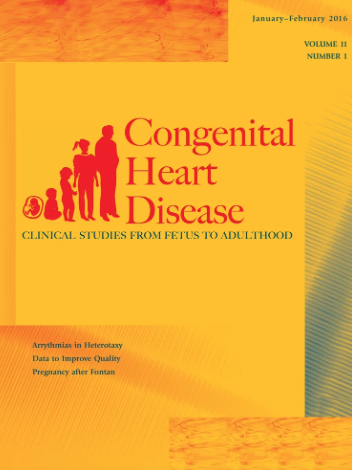ABSTRACT
Fetal arrhythmias reach up around 10% of the total third-level perinatal cardiology references. Sustained bradycardia
is defined as a baseline fetal heart rate (FHR) of less than 110 bpm sustained for at least 10 min. The overall
incidence of malignant fetal bradyarrhythmias, such as complete atrioventricular block (AVB) and channellopathies,
is relatively rare, 1:5000 pregnancies, but represents a serious emergency for the gynecologist, neonatologists,
and pediatric cardiologists. Fetal complete AVB is strongly associated with maternal connective tissue
disease, but it can be also associated with congenital heart disease and usually with a poorer prognosis with high
risk of fetal hydrops and abortion. Currently, the treatment of severe fetal bradyarrhythmias is principally pharmacological
and aims to increase the FHR, besides an early resolution of underlying causes, when possible, and a
promptly management of fetal heart failure. Intrauterine electrostimulation nowadays is an experimental pioneering
method, reserved for limited selected cases.
Read complete pubblications here



